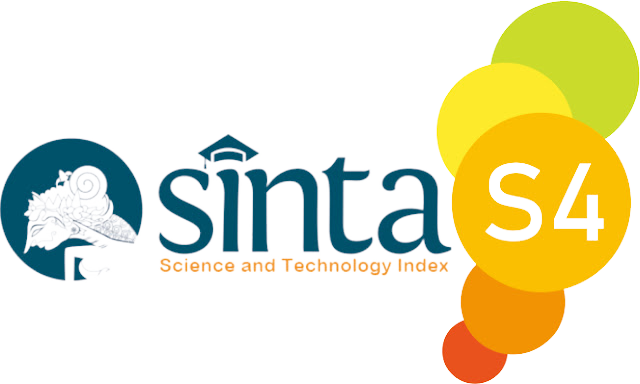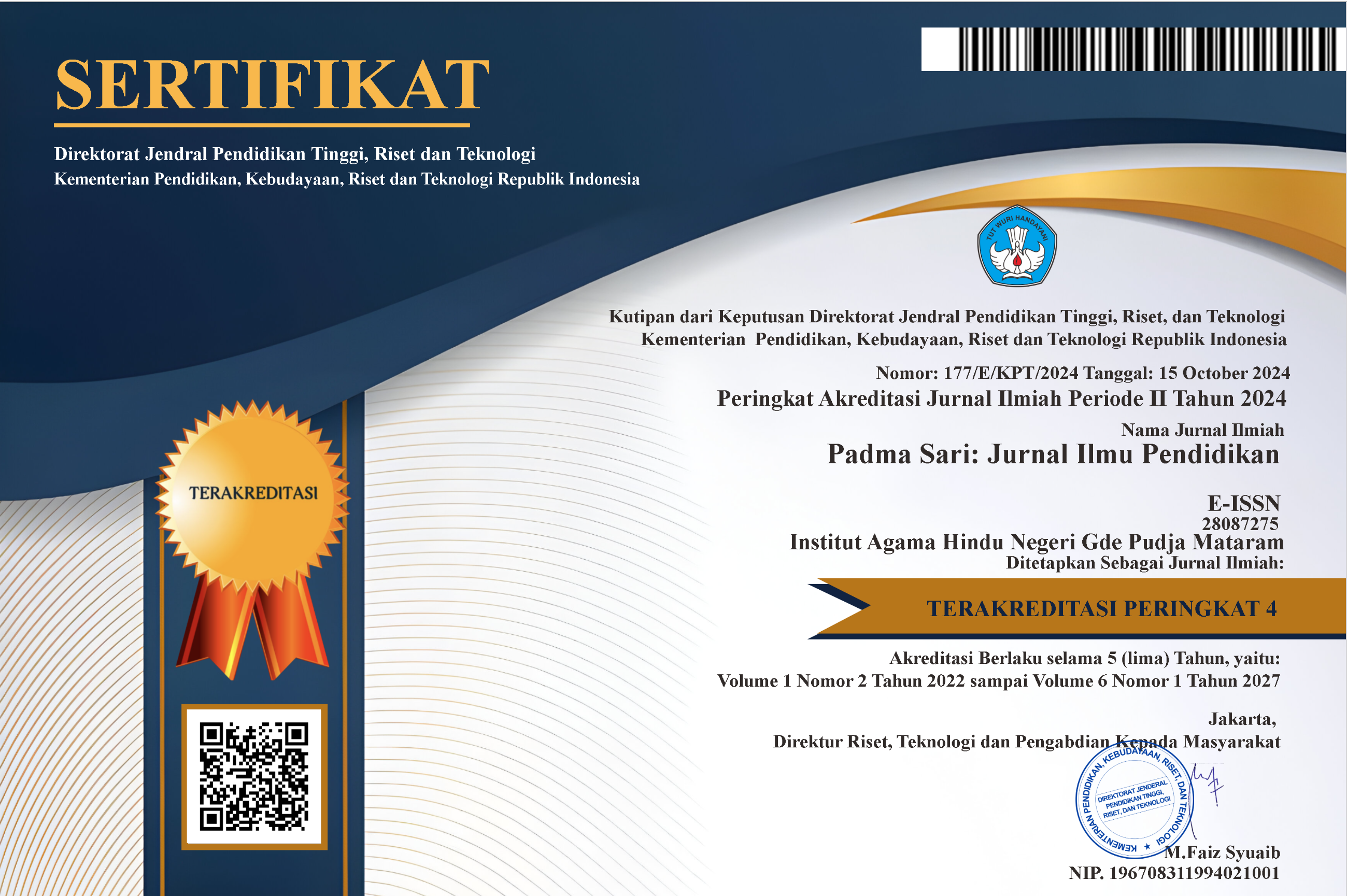DINAMIKA KEHADIRAN SISWA PADA PROGRAM SAṀSKṚTA-BĀLAKENDRAM
Abstract
The Saṁskṛta-Bālakendram program, organized in West Lombok by the Dvīpāntara Saṁskṛtam Foundation, aims to introduce Sanskrit to children whose mastery of this language will be able to optimize in learning Hindu religious and cultural teachings. The Saṁskṛta-Bālakendram program is experiencing significant challenges, namely the inconsistency of students in attending classes. This challenge is a crucial problem so this research is carried out to analyze the factors that cause inconsistencies in student attendance and their impact on learning effectiveness. This study applies a qualitative method supported by a phenomenological approach with data collection techniques, namely non-participant observation, semi-structured interviews, and documentation. The results showed that the inconsistency of student attendance was more caused by external factors that were beyond the control of this learning program which included a lack of social motivation, the existence of other activity priorities, and also sick conditions that did not allow them to participate in learning. The impact of inconsistency in student attendance on learning effectiveness includes a decrease in enthusiasm for learning in some students who are rarely present, the way teachers organize learning materials that often repeat the subject matter to ensure that students who are rarely present can still catch up, as well as the low level of knowledge and skills of students who are rarely present in terms of speaking, reading, and writing.
References
Djamarah. (2006). Strategi Belajar Mengajar. Rineka Cipta.
Ghony, M. D., & Almanshur, F. (2016). Metode Penelitian Kualitatif. AR-RUZZ MEDIA.
Iskandarwassid, & Sunendar, D. (2009). Strategi Pembelajaran Bahasa. PT. Remaja Rosdakarya.
Kottasz, R. (2005). Reasons For Student Non-Attendance At Lectures And Tutorials : An Analysis. Investigations In University Teaching And Learning, 2(2), 5–16. https://repository.londonmet.ac.uk/172/
Miarso, Y. (2004). Menyemai Benih Teknologi Pendidikan. Kencana.
Robbins, S. P., & Judge, T. A. (2005). Organizational Behavior (15th ed.). Pearson Education, Inc.
Safi’i, A. (2020). Pembelajaran Aktif, Inovatif, Kreatif, Efektif dan Menyenangkan, Gembira dan Berbobot (PAIKEM GEMBROT) di SDI I Miftahul Huda Plosokandang Kedungwaru. Akademia Pustaka.
Siswadi, G. A., PF, K. A. P. D., & Wiguna, I. M. A. (2019). Integrasi Pendidikan Agama Hindu Dalam Pembelajaran Bahasa Sanskerta Pada Yayasan Dvīpāntara Saṁskrtam. Jurnal Penelitian Agama Hindu, 3(1), 57–64. https://jayapanguspress.penerbit.org/index.php/JPAH/article/view/1174
Supardi. (2013). Sekolah Efektif, Konsep Dasar dan Praktiknya. RajaGrafindo Persada.
Uno, H. B., & Mohamad, N. (2015). Belajar dengan Pendekatan PAILKEM : Pembelajaran Aktif, Inovatif, Lingkungan, Kreatif, Efektif, Menarik. Bumi Aksara.

This work is licensed under a Creative Commons Attribution 4.0 International License.




















